Dr. Andrea Chegut (1981–2022)
Andrea was the founder and director of the MIT Real Estate Innovation Lab and co-founder of MIT’s DesignX venture accelerator. Her research focused on the financial and economic impacts of design, technology, and innovation in the built environment. Through data science and machine learning, she developed new ways to measure how real estate and planning policy can align to create more sustainable, inclusive, and intelligent cities.
The Andrea Chegut Fellowship
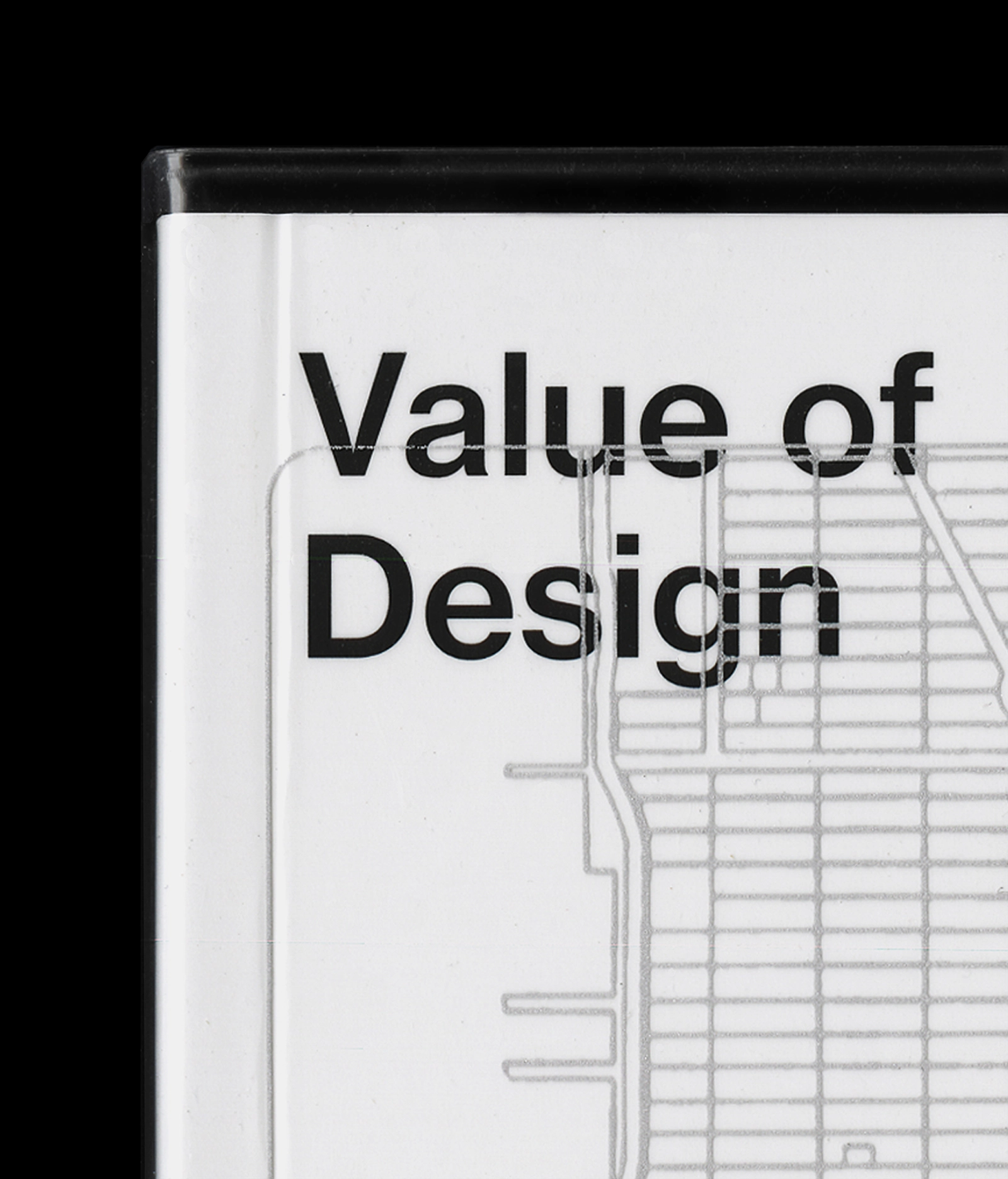
Can design be quantified? Design has long been treated as an afterthought in real estate valuation—intangible, aesthetic, and optional. This book challenges that view, using data-driven research to reveal how design leaves measurable traces in the built environment that correlate with real economic, social, and environmental outcomes.
The foundation for this work was developed at the MIT Real Estate Innovation Lab, where years of interdisciplinary research helped establish the analytical tools and methodologies that underpin this book’s core arguments.
Image 1 / 5
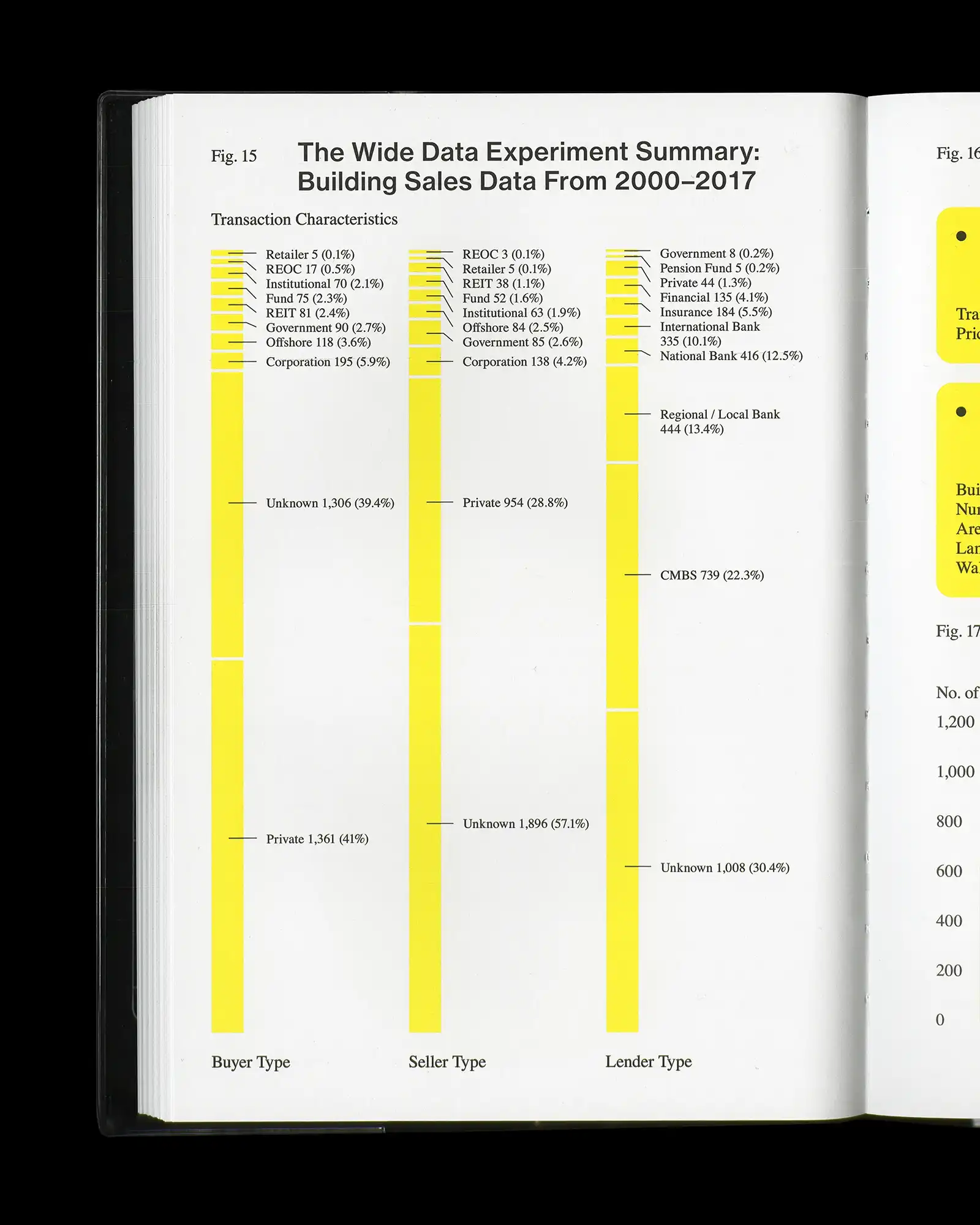
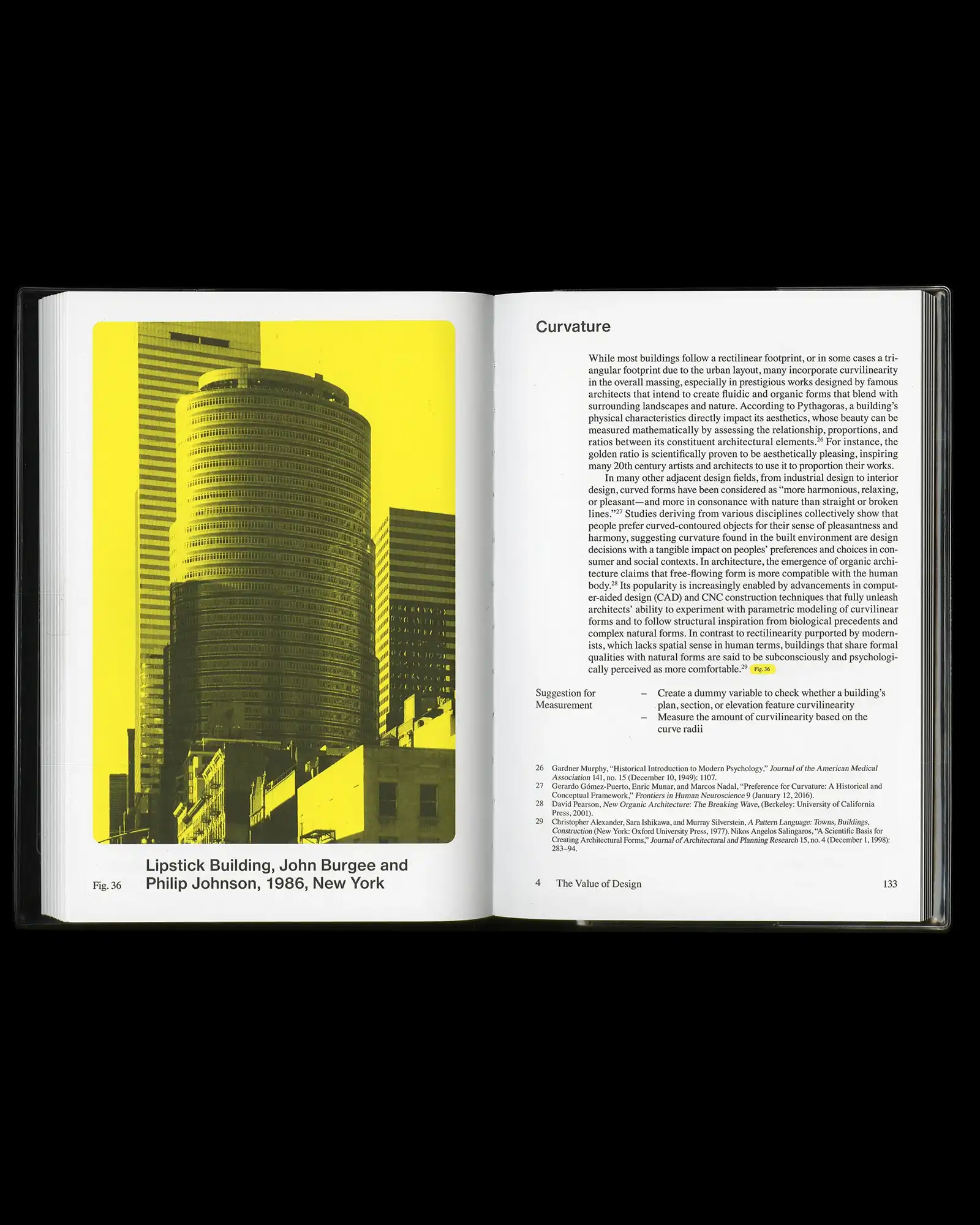
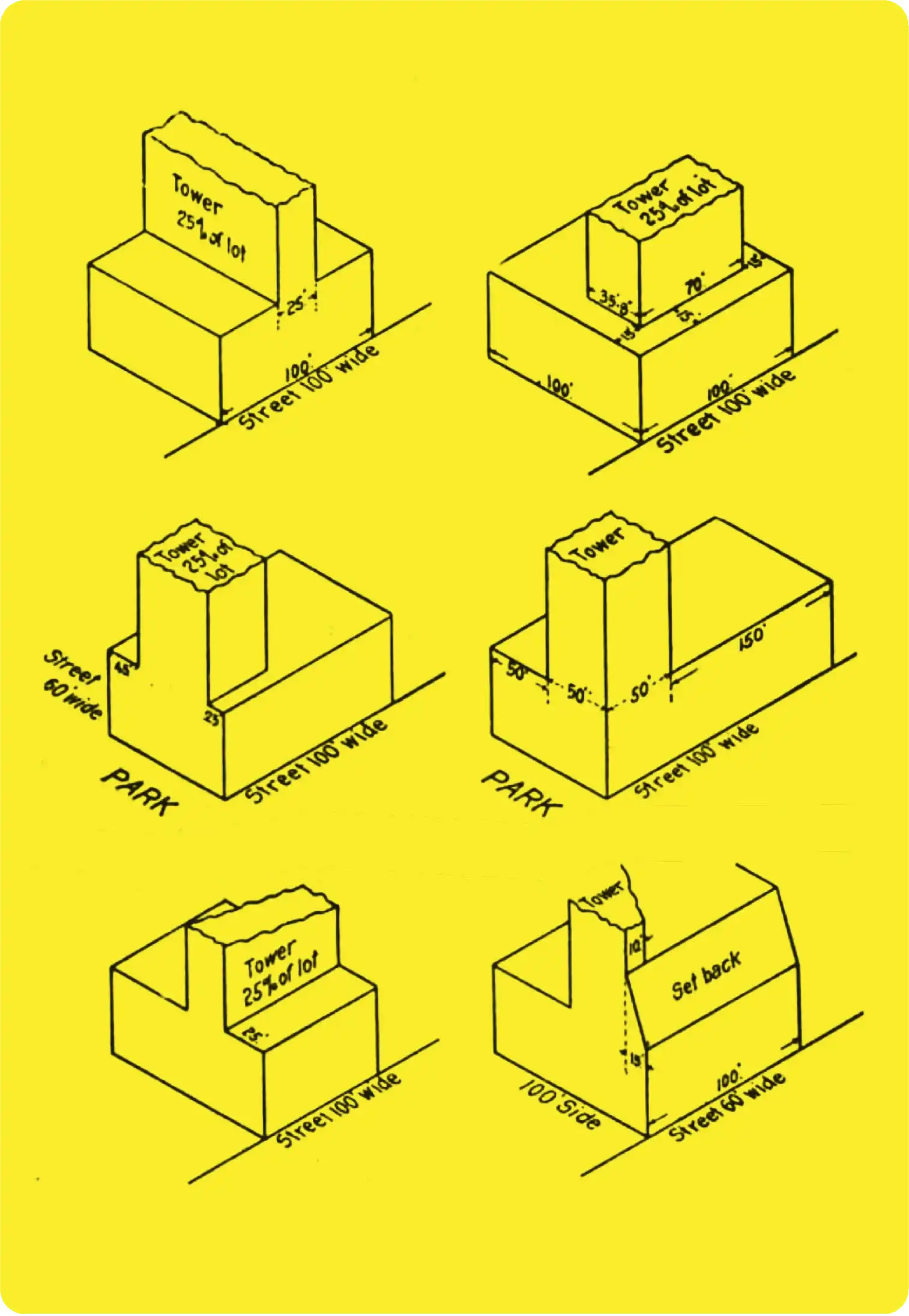
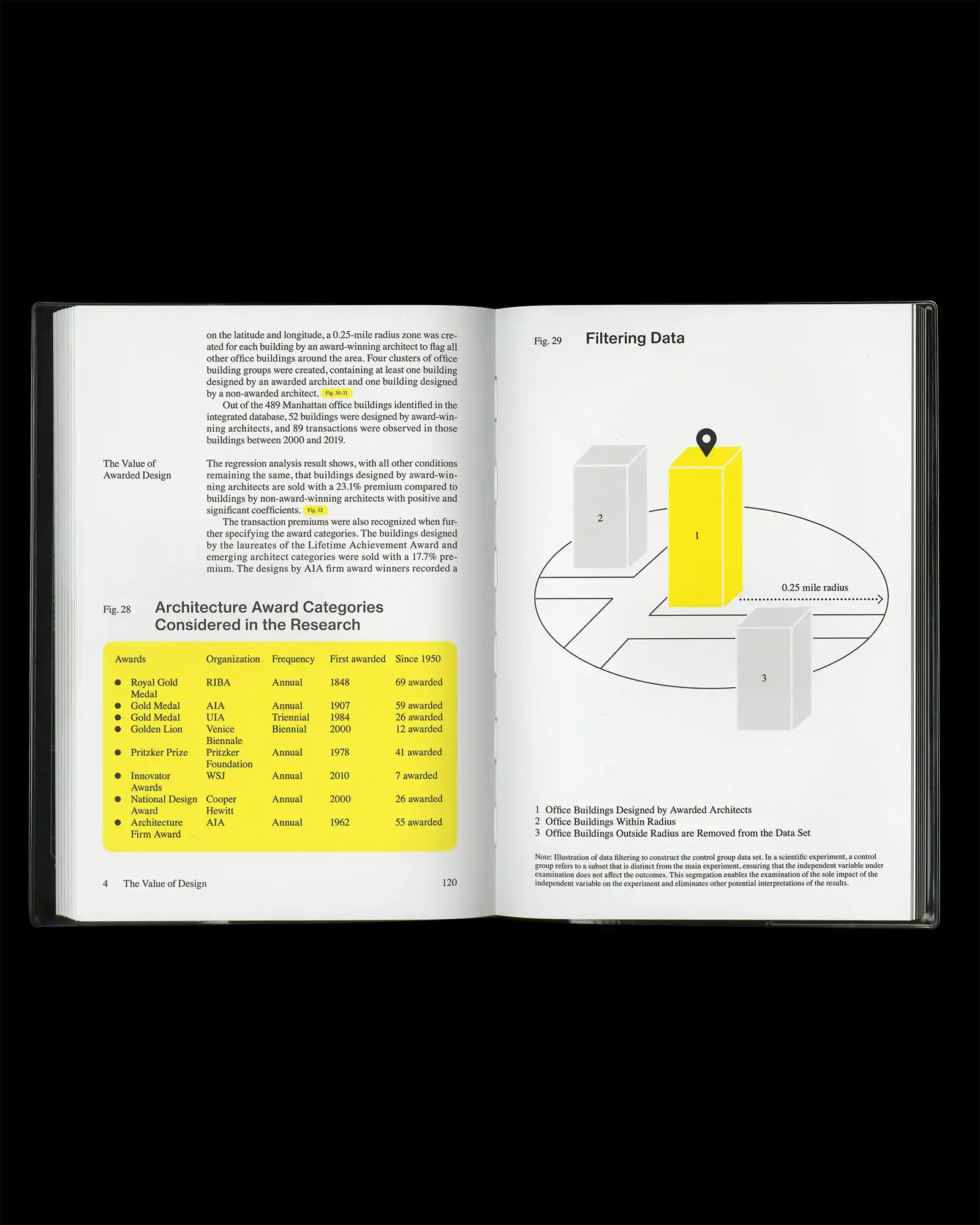
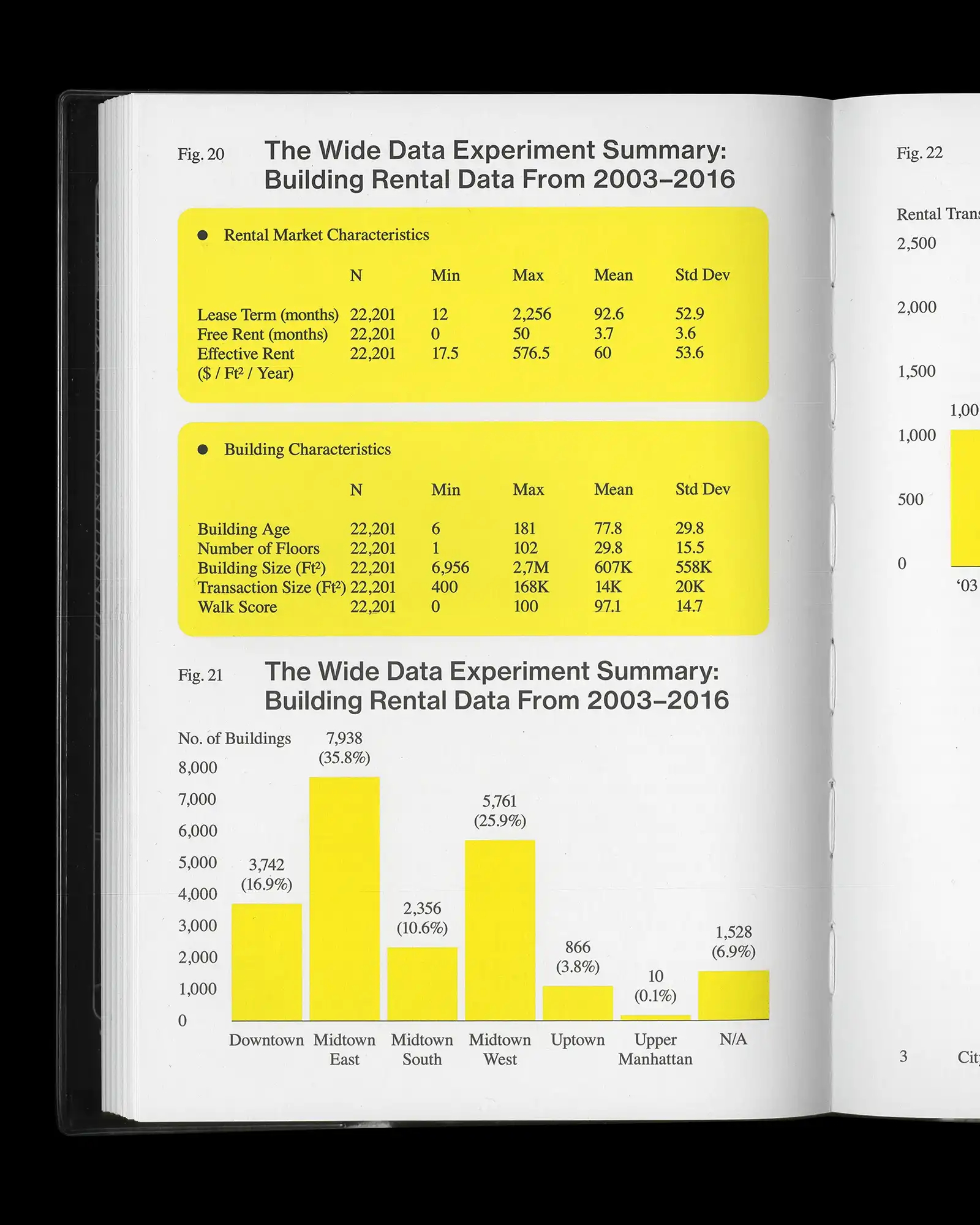
New York City’s skyline vividly illustrates the complex interplay of finance, policy, and architecture that shapes urban growth. By examining Manhattan’s commercial real estate evolution—from the 1811 Commissioners’ Plan to the present day—the book uncovers how key buildings and development cycles reflect and drive shifts in the city’s cultural, economic, and spatial priorities. It reveals how the role and value of design have transformed over time, showing architecture as both a product and a catalyst of urban change.
To understand design’s impact in economic value more systematically, the research builds on a comprehensive dataset combining real estate, architectural, urban, and sensory information—using advanced tools ranging from computer vision, natural language processing, to mobility data.
Through hedonic regression analysis, the book quantifies how design features such as daylight, views, greenery, and star-architects correlate with higher rents and stronger market performance. These findings reveal design’s often underestimated but measurable influence on economic value.
Image 1 / 5

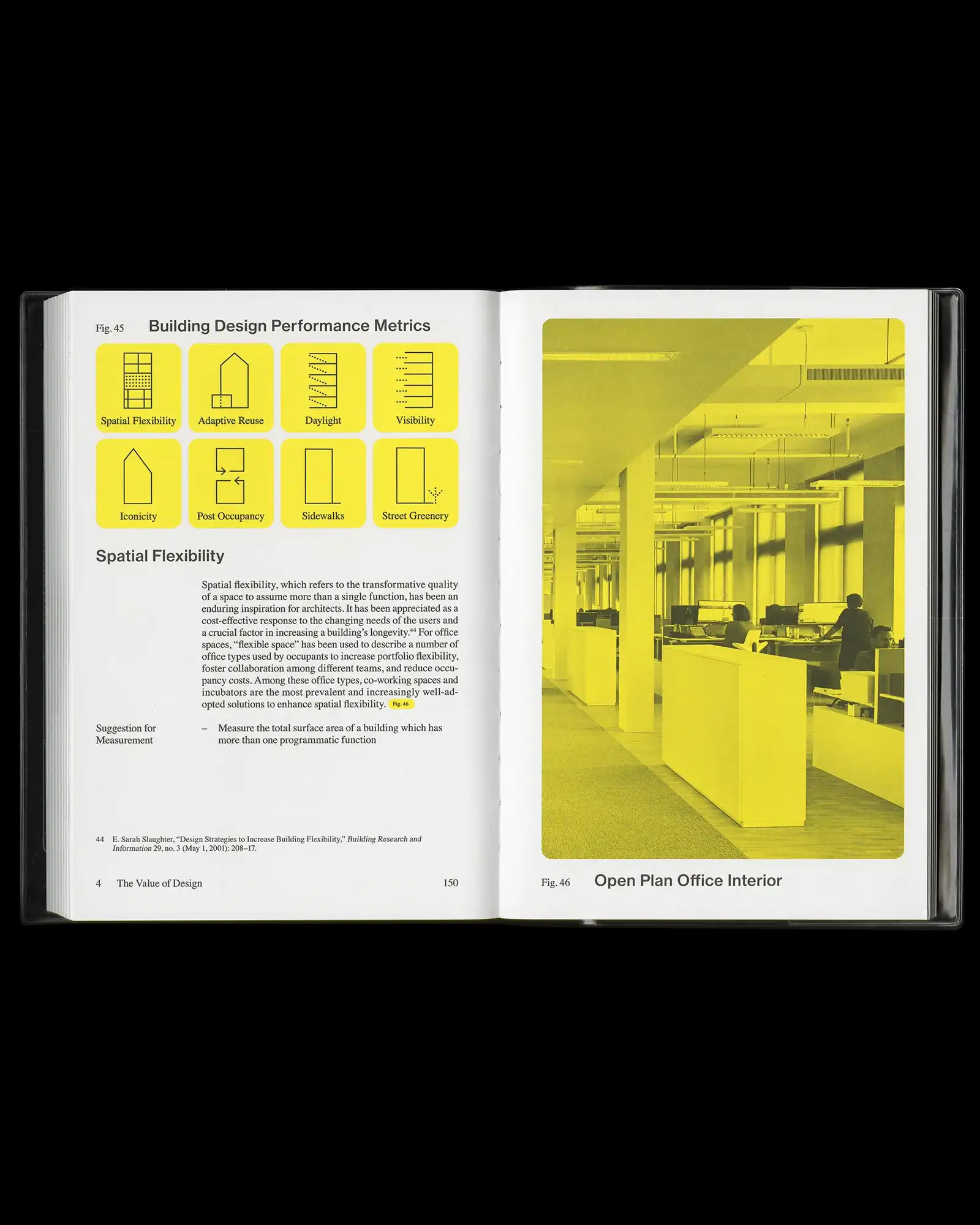
.webp)
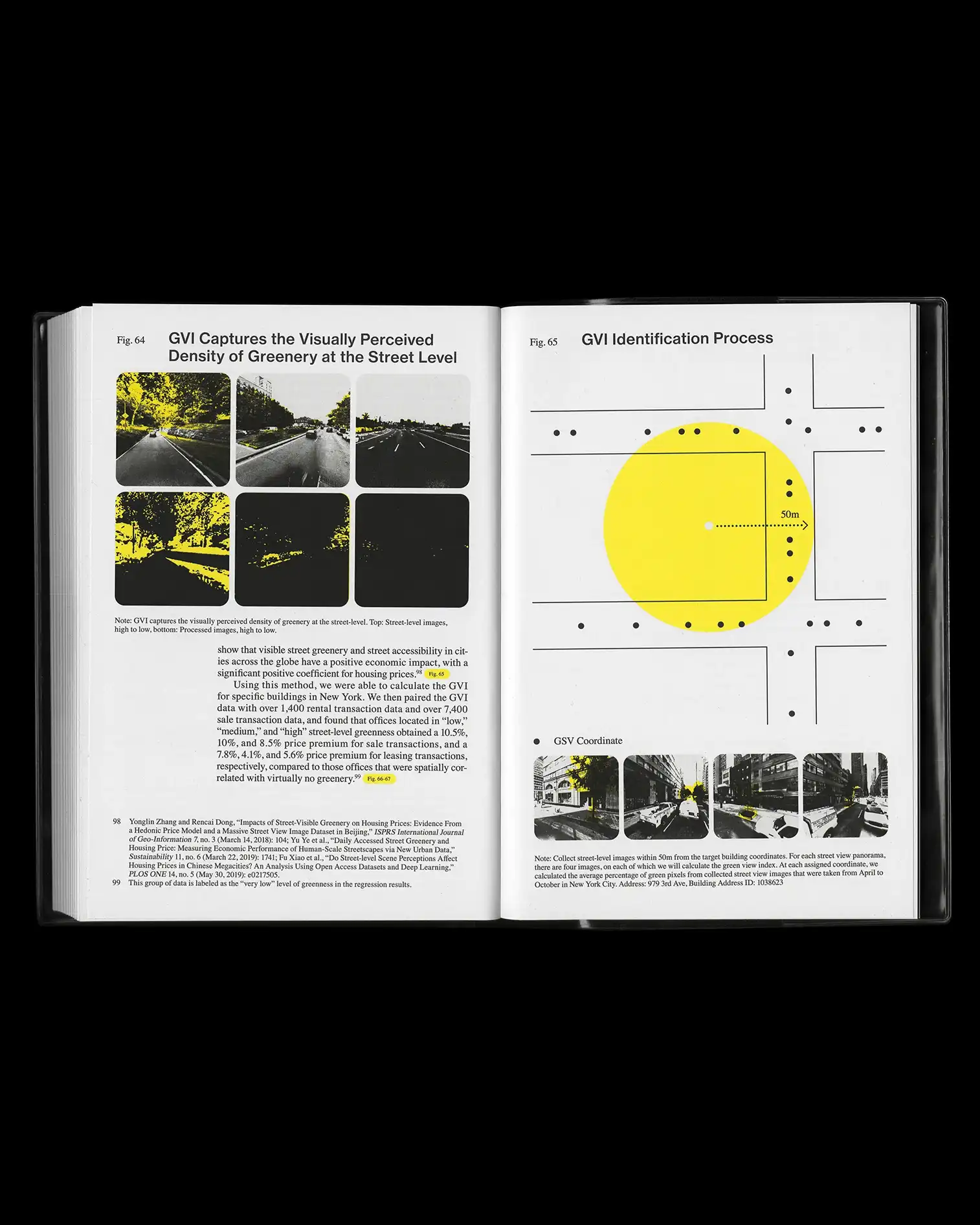

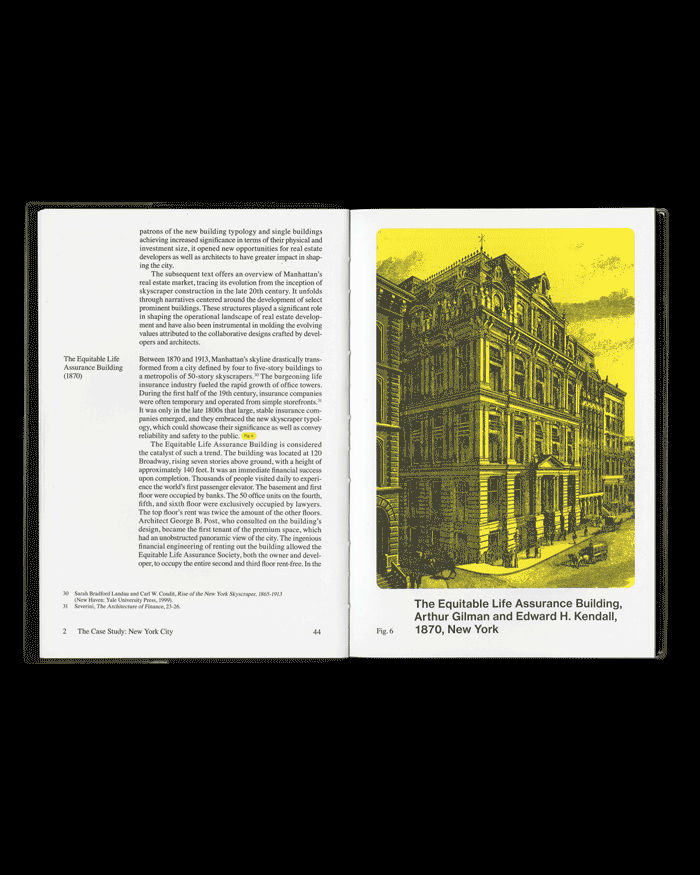
The book is available for purchase through the following links. This list is actively being updated so we encourage you to check back for the most current information. If you’d like to see our book available at your favorite bookstore, we’d love to hear from you. (Last updated June 2025)
EMAIL value.of.design.mitreil [at] gmail [dot] com
wholesale brooke [at] oroeditions [dot] com
Value of Design: Creating Agency Through Data-Driven Insights
ISBN 978-1-951541-97-2
publisher Applied Research and Design Publishing, an imprint of ORO Editions
project manager Jake Anderson
marketing Holly Smith (holly [at] oroeditions [dot] com),
Brooke Erin Biro (brooke [at] oroeditions [dot] com)
editor Julia van den Hout, Original Copy NY
book design Studio Lin
Accessibility
As we honor the memory of Dr. Andrea Chegut, we reflect on her visionary spirit and the profound impact she had on real estate research. This book—one of her final and most significant contributions—embodies her dedication to bridging architectural design with finance and economics. Though not trained as a designer, Andrea had a gift for uniting people across disciplines to ask bold questions and seek creative, data-driven answers. Her legacy lives on in this work, and we remain deeply grateful for the chance to learn from her.
With heartfelt gratitude,
Minkoo Kang, Helena Rong, and Juncheng “Tony” Yang






